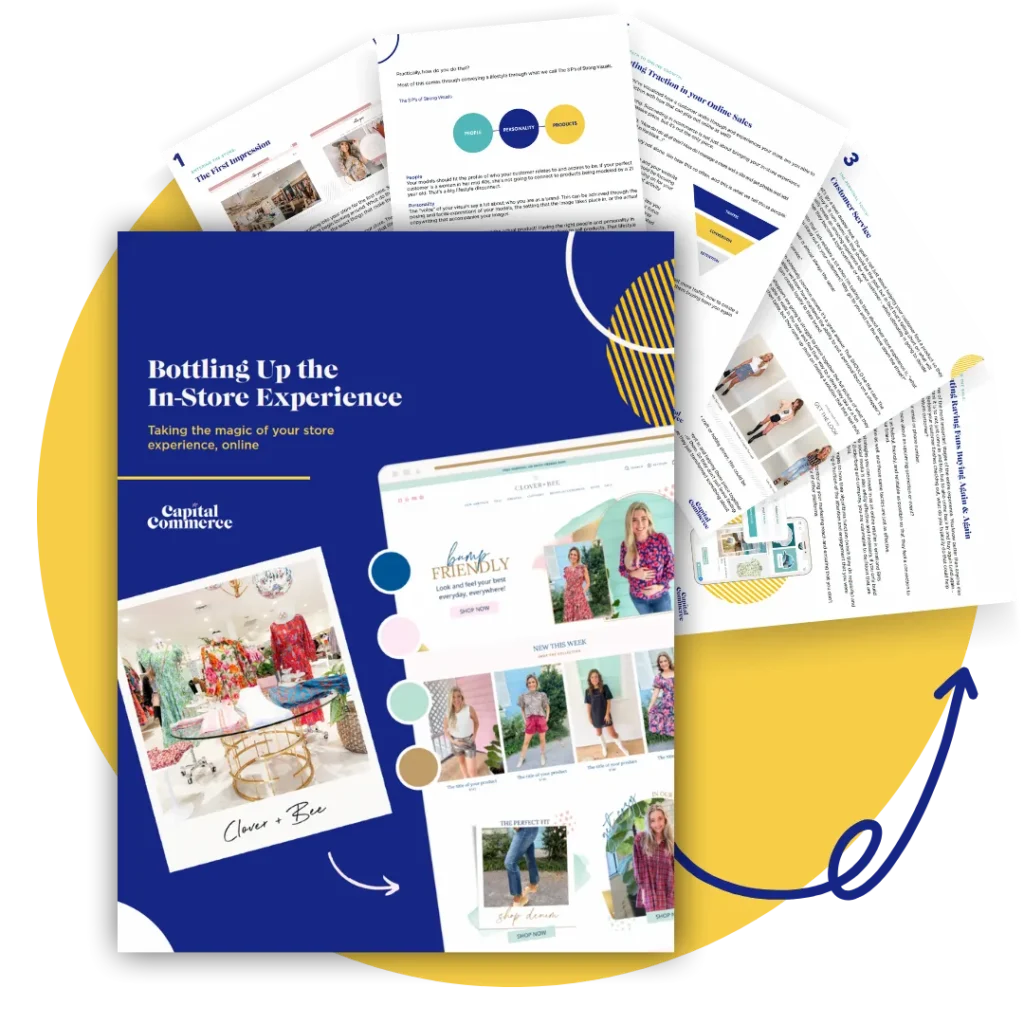The products that you buy and sell are the core of your business, and as such, it’s important to ensure you have processes in place to keep track of inventory so you can always track how much you’re selling, what’s selling, what’s not selling, and most importantly, how much money you’re making. However, keeping track of your inventory can be overwhelming and complicated, The good news? It doesn’t have to be.
The Pen and Paper Process of Retail
For all the innovation that technology has given way to, the core process of retail has not changed, it’s just gotten easier to execute. When talking about inventory management, it’s important to note that we’re talking through the same process that a shoe cobbler in the 1800s would’ve done, we just have iPads and lights controlled by our voice instead of candlelight.
To sum up the basic inventory process in an ideal world, a product is selected, its inventory quantity is brought it on a purchase order, and the product leaves via a sale to a customer. However, in reality, we know that the process isn’t always ideal, nor is it typically that simple. With this in mind, let’s talk about the three core components of Inventory in your retail store: how you manage your products, how you bring inventory in, and how inventory leaves your store.
Inventory Creation
The first step of managing your inventory is to track information about each of your products. A short and assuredly not exhaustive list of information you should track about each of your products is:
- Product Name – This identifies what the product is, what the name on the label will show and generally is how you will refer to your products.
- Product Cost – Product cost is the amount you paid for the item, this is critical to track as it allows us to track margin, markup and general profitability of each item.
- Product Price – The price a customer will pay for your item, again important for tracking how much money an item can make in profit
- Product Classification or Category – An often overlooked part of inventory management, product classifications and categories are the foundation on which you can begin tracking your sales in impactful ways that allow you to steer the strategic direction of a store. In short, being able to track how many pairs of shorts you sold for a month provides actionable insight for your business.
- Vendor Name/Vendor ID – Who are you buying this product from? This allows you to identify your most successful vendors as well as can expedite the ordering process.
- UPC / SKU # – The unique ID of this item that allows your labels to scan and your Point of Sale to know what product this is.
Although cumbersome initially, capturing all this information about your products allows you to begin getting unique insights about your products that would have otherwise been lost. The only thing that is more effective than a Retailer’s gut instinct is an instinct armed with supporting information from reports.
How Inventory is Added
In the inventory process, all inventory should be added and received via a purchase order. Purchase orders are used to clearly communicate a buyer’s intentions to sellers as well as help stores manage their open and pending orders. While used unilaterally in most businesses, purchase orders serve several purposes for a retailer. As mentioned above, they are the means by which a retailer adds a product quantity to their inventory. Purchase orders also allow a retailer to begin capturing important data such as rolling average cost, how long an item has been in inventory, as well as providing the data needed to determine other key metrics such as inventory turn. Lastly, from an accounting perspective, purchase orders provide supporting documentation for reconciling payments to vendors. A typical purchase order goes through the following four phases:
- Creation – Adding products and quantities that you wish to order to your purchase order
- Ordering – Sending the created order to your vendor and officially placing an order with them
- Receiving – The products have arrived and are counted and verified to be correct prior to be added into inventory
- Finished – The final invoice from the vendor has been received and matches the information on the purchase order and the purchase order can finally be closed.
How Inventory Leaves
Once Inventory is received into your inventory, there are three ways that inventory can leave.
- Sales – The fun part of retail, Sales! This is how the majority of your products will leave your inventory, and in an ideal world, all of your products.
- Return To Vendor – Returns to Vendor can be used when an item been damaged in transit to you, there’s a manufacturing recall or any cause that leads you to return items to a vendor. Return to Vendors can also be used to damage out items if you use items for samples. For instance, if you burn candles in your store, you could use Return to Vendors as a way to damage out the sample ( the vendor would be your retail store in this instance)
- Inventory Count – Shrinkage is a part of retail and inventory counts allow us to catch and correct causes of shrinkage on a regular basis




